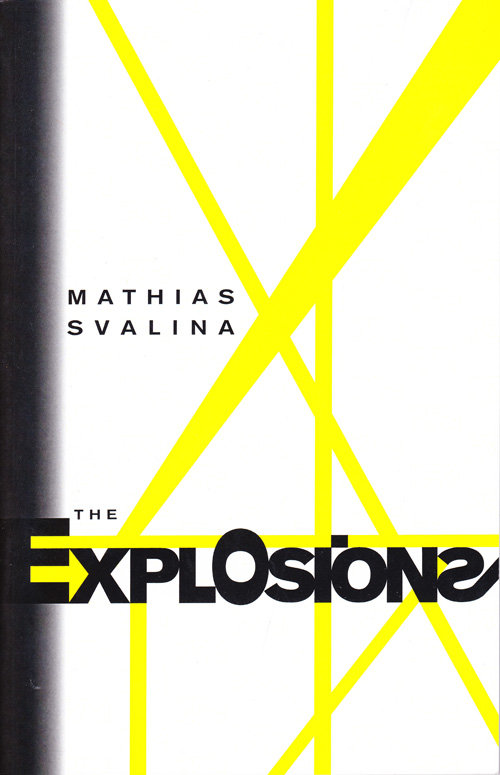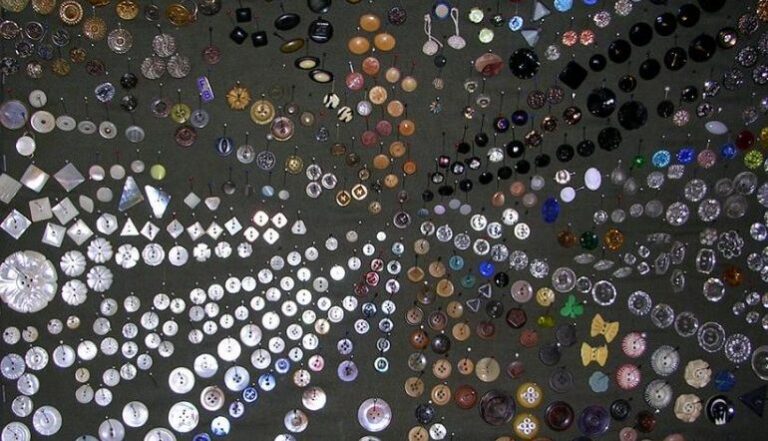POC vs PLOT: The MFA, Chipotle Cups, and Narratives We Crave
By now it seems everyone’s read Junot Diaz’s MFA vs POC blog on the New Yorker website. Even my freshmen at Cornell these days say to me, “Dan, was it really like that?” Usually I just shrug in response. I was a notorious recluse in my MFA. I had a girlfriend—now fiancé—in New York City who I visited every other weekend, and during that time I was watching a lot of films and HBO GO, desperately trying to figure out how narrative worked.
In those days I learned a lot from Terence Winter, writer of The Sopranos and Boardwalk Empire, two shows which heavily influenced the way I understood and wrote story—which is to say I learned to write by scattershot. The plots and subplots in these shows seemed to come from every direction, intricately interlacing like a fine woven fabric, able to hold water and sift it at the same time.
My plots, though, were like a baggy knitted sweater, one arm too long and the other too tight in the elbow, kind of creaky whenever you had to move. They mostly sifted keys that slipped right through the pocket. Aw dang, where’s my keys?
And I tell my students that’s mostly what I remember about those years—always getting locked out of my house and writing these unwieldy plots, the workshop equivalent of bad sweater stories, colorful and pungent. I’ll never forget that it was a writer friend of mine who said to me once, every sweater fits somebody.
That was my first year when I was buried in snow and still re-reading all of the authors I loved (in addition to studying plot), trying to be like them: Bolaño, Viramontes, Heinemann, Kerouac. Bildungsroman-type narratives that dragged threads through every landscape, person, idea, and anxiety imaginable. My favorites were the visceral, untidy, and energetic novels that felt tailored in some way or at least tailored to me. I felt a certain compulsion to recreate them—like the first chapter of Larry Heinemann’s Paco’s Story for instance (my favorite chapter in all literature), which I rewrote shamelessly with new words, syllable for syllable, if only to keep the rhythm. It was torn to shreds in workshop.
That was inevitable. Ni modo, as they say in Mexico. Everyone has a bad workshop, and to be fair, my rip-off was pretty bad. But what got me wasn’t so much the workshop as the weird prescriptive stuff that went against everything I loved. All of those workshop platitudes that came from the cohort above mine, which was actually stuff regurgitated from other places outside the MFA too—writer retreats, craft books, those kinds of places.
Show don’t tell, write what you know, if you have a gun in the scene it must go off, land every stone you cast, No wasted words etc., etc.
Pretty handy rules, actually, if you’re going from nothing (as many first year MFA’ers are), but also a pretty insular and stymied way of reading and writing literature in general.
What would On the Road be without that jazz scene? What would Moby Dick be without its long, expository passages on the Try-Works (another one of my favorite chapters in all of literature). And what would American literature be without its alternative narratives that refuse to be contained in film-like schematics? I’m thinking specifically of narratives from writers of color like Rolando Hinojosa’s Klail City Death Trip Series, which will add its 16th and final volume this year. Or writers like Helena Maria Viramontes’ novel, Their Dogs Came With Them, which is so rich and complex its plot is reminiscent of the great Russian novels.
How many of my favorite books broke these rules? That first year I wondered, Where the hell did these rules come from in the first place? And why does everyone follow them? And who says a gun has to go off in my story? I’m a non-violent person, I don’t run in the halls.
The answer to so many of these questions led me back to the same place: movies, television, screenwriting books, guys like Terence Winter—who I felt a compulsion to study even though though nobody explicitly told me to study him, because like many writers much of my early relationship with narrative came from movies and TV before it came from books. Studying film and shows only felt natural. Those workshop rules seemed to resonate there. But of course these rules have to exist in film and television. How else are you going to move novel-length plots along in under two hours or, in the case of a television series, an hour?
Does a novel always have to follow these rules, though? Or a short story, for that matter? Since when did we start talking about passages in novels as “scenes?” And are the narratives we predominantly consume doing narratives of color justice? How much of the workshop violence Junot talks about in his blog is directly inherited from the way we consume narrative from film and television?
It’s well documented and acknowledged that there is a representation problem in film and TV (and on Chipotle cups too), but it’s just as bad in literary journals, publishing, and MFA programs throughout the nation. (Eric Nelson wrote an excellent piece touching on this for the Ploughshares Round-Down a couple weeks back.) Our representation problem is the reason the VIDA count was initiated and, as Junot Diaz highlighted in his blog, the reason why workshops like VONA were too.
But I wonder how much these problems stem not from MFA whiteness, or the MFA system, or even publishing at large, but from the very narratives we crave—white, middle-to-upper brow, predominately heteronormative. That is to say, our narrative problem isn’t exclusively a white thing, or an MFA thing, or even a publishing thing, but an American thing. A money thing—this is what sells. This is what people crave.
So whenever I think about my own stories now I think, yeah, this sweater will fit somebody. Even if the plot needs tweaking. Even if this thing isn’t picture-perfect yet. I think of my childhood friend, Nicolas, from St.Mary’s Catholic, with one big arm and one little arm, and what I’d write for him. Or my Uncle A., with his skinny, old-man chicken legs but a beer belly too round and big for any decent shirt. The great thing about literature is we can tailor it whichever way we want. The fabric is as endless as our experiences.


